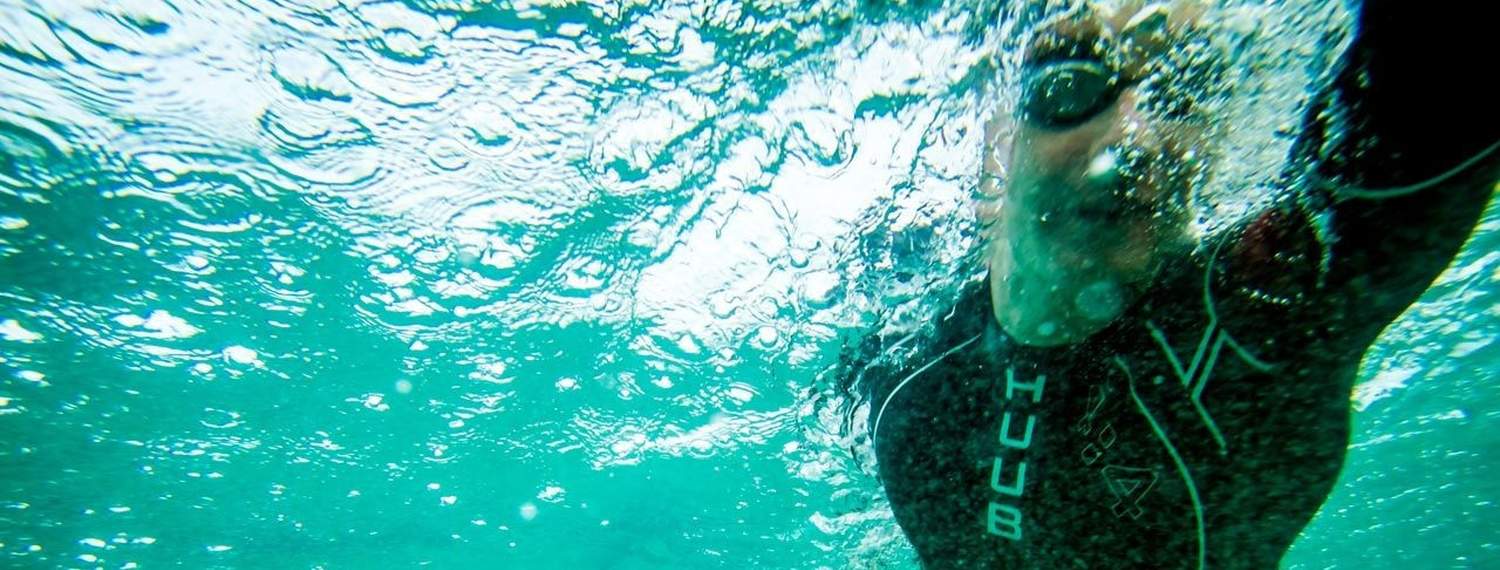Wearing a wetsuit is one of the great advantages to being a triathlete. Or is it? There are several factors to consider when making the decision of whether or not to wear a wetsuit in your race. USA Triathlon (USAT) rules state that competitors may wear wetsuits if the water temperature is 78 degrees or lower. USAT rules also state that if the water temperature is between 78.1 – 83.9 degrees, competitors may wear wetsuits but will not be eligible for awards. Here are some other things to think about when making the decision on wearing a wetsuit:
- Long sleeves, sleeveless or short john (no sleeves and thigh-length legs) – If you are lucky enough to have these wetsuit options, be sure to practice in your wetsuit and note the water and air temperature when practicing. Learn the point where you would ditch the long sleeves for sleeveless and sleeveless for the short john.
- Comfort – For some people, wearing a long-sleeved wetsuit leads to restricted shoulder movement thereby impacting swim time. Even if swimming with long sleeves would shave a little time off your swim split, it’s not worth sacrificing your comfort.
- Ability – A wetsuit brings a certain amount of security for those swimmers that struggle in the water. The wetsuit not only helps keep you warmer, but the added buoyancy is something that leaves many swimmers crossing their fingers that their race is wetsuit-legal. If you are very nervous about your swim and know you are not competing for any age group awards, you may opt to go ahead and wear that wetsuit just for the added confidence it brings.
- Distance – For some swimmers, the time a wetsuit saves in a swim of a smaller distance is lost by the time it takes to remove the wetsuit. For example, if your swim is 400 meters and your wetsuit saves you 30 seconds, but it takes you 45 seconds to remove the wetsuit, you may wish to forego the wetsuit if the water temperature is warm enough.
Wearing a wetsuit can be a great time saver and confidence-booster for your triathlon game. Be sure to try several wetsuits on to make sure you get one that fits you properly. If it’s too tight, you may be uncomfortable and have trouble breathing. If it’s too loose, it will collect water and slow you down. Consider all the above factors before every race before making your decision whether or not you will wear one for your event. Lastly, be sure to practice swimming in your wetsuit and taking it off. You can take all the time you want putting the wetsuit on, but you can lose valuable seconds or even minutes if you struggle to take the wetsuit off in transition.
If you have any questions about wearing a wetsuit or need some help in deciding what to look for in a wetsuit, contact me. I’d be happy to help walk you through it!
Train Right, Tri Right!
Coach MJ







